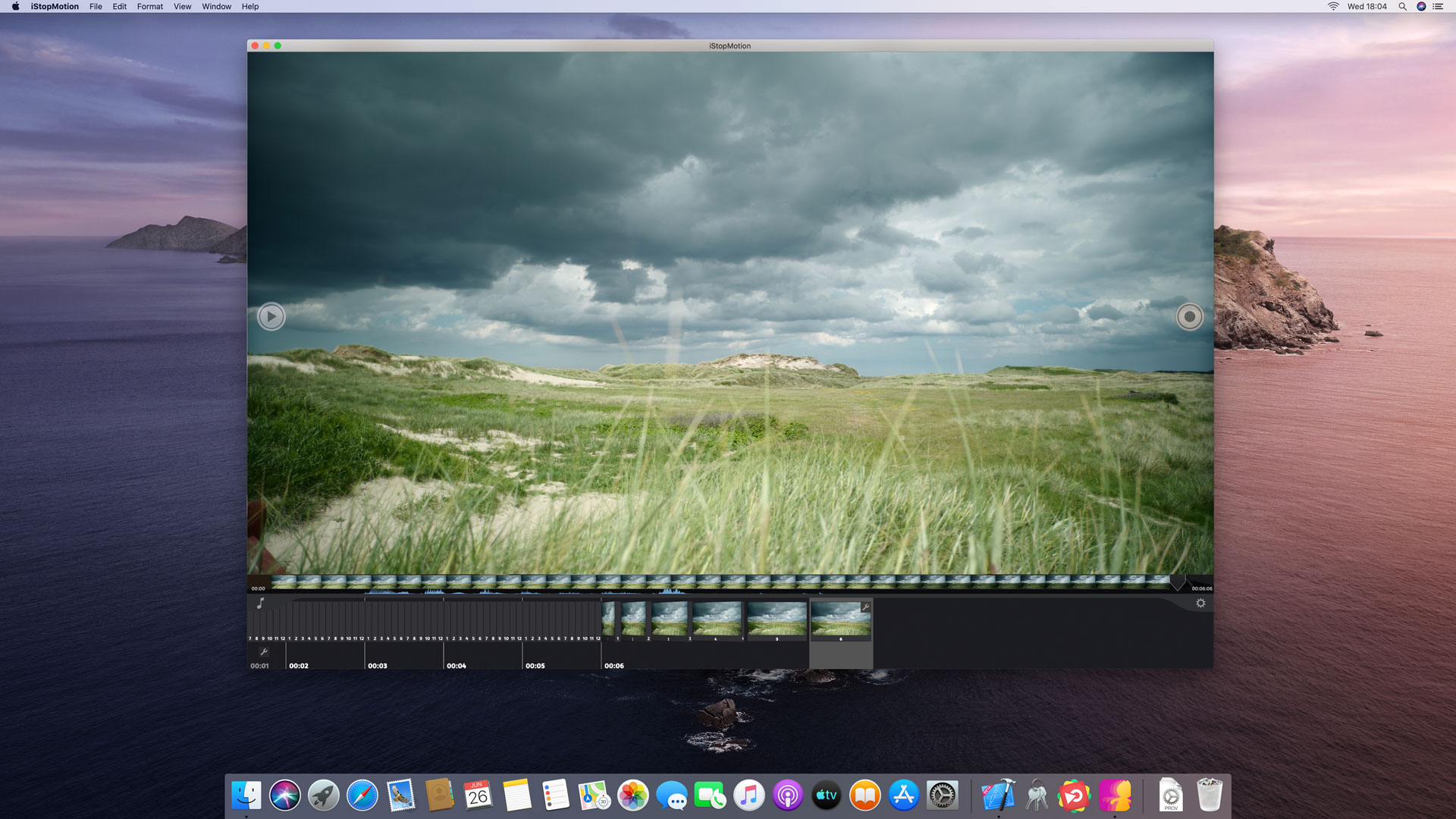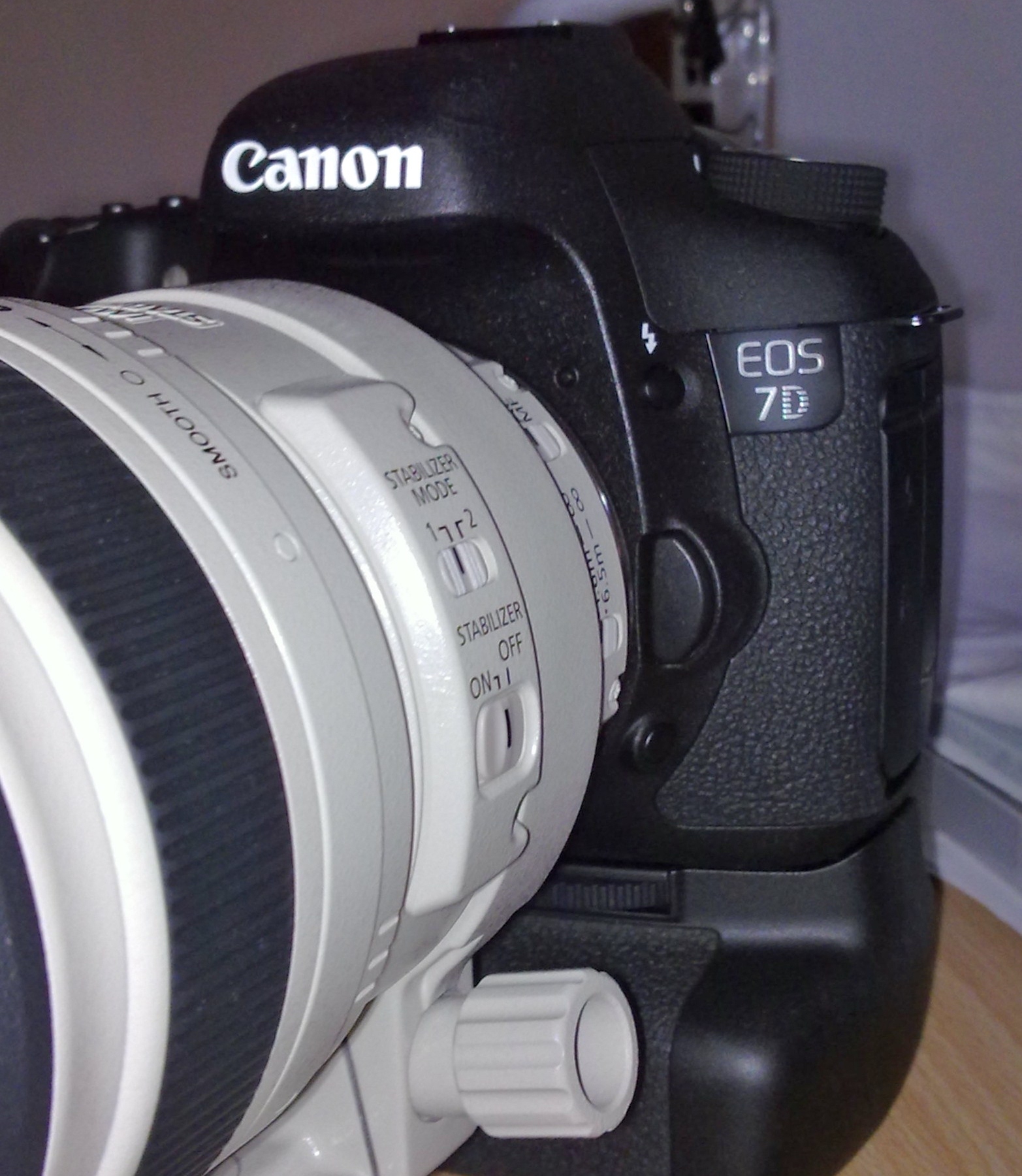

Although available in manual, this is also the mode your camera would use if you set it on the full auto. But then, I suppose that’s what we have feet for!ġ9 point AF. The only draw back to this mode, in my opinion, is that there are only 5 pre-set zones (center, far left, far right, top, bottom) so you can’t just move the zone over by one point like you can the AF expansion mode. Then I will know if I need to reshoot the image for the focus I planned. When using any of these modes, I have turned on the option (in my setting menu) of having the camera display with a red square the point of focus on each image as I look at them on my camera’s screen. The camera will focus on whatever is closest in the zone you have chosen so watch your focus. Zone AF is another totally new feature for the 7D (or any EOS for that matter!) Simply put, it’s like using single point AF but you can choose a cluster instead of just one point. Which means that you can even track a moving subject in AI Servo and maintain the exact area of focus you decide.

This means if you’ve focusing on something that moves, the surrounding points will quickly pick up the slack and grab focus so focus is not lost. Before now, it’s been available on cameras like the 1D (you know the one…costs, like, four grand?) What AF expansion does is allow you to choose a focus point (the middle) and the immediate surrounding points become active. Although AF point expansion isn’t new to the 7D, it’s the first time it’s been available in a mid-range camera. This allows you to continuously control your point of focus without losing momentum in your session.Īuto Focus Point Expansion. Just press the AF point button with your thumb (the little round button, furthest to the right on the back of the 7D) and move the wheel to change your focus point. As with any of these modes, you can move your focus point while looking through the viewfinder. You can get precise and accurate focus, although you don’t have to be as concerned about some movement in your subject. You just move the square where you want your image to be focused. Although this is the second option on your screen, it is probably the most widely understood mode by EOS users. Although this gives you the ability to focus on a very tiny and precise area of the scene, it is not good for moving subjects because the area of focus is just so small.

This is the most precise option and excellent for macro photography, the top of a newborn’s head or the ‘ring shot’ at a wedding. This setting is much like the one I will explain next, but as you can see, there’s a focus point within the focus point on the screen display. With this mode, you choose the focus point for pin point precision. This is a totally new feature available on the 7D.
#Istopmotion canon 7d no preview manual
Many of them are available on other Canon models so just have a browse through your manual and your settings to see what you’ve got but the concepts remain largely the same. Let me tell you about the focus points available on the 7D. Even now, just admitting that I have one makes my heart skip a little beat. It got ever-clearer (pun intended) when I got my Canon 7D. Focus is quite possibly one of the most vague and mysterious things I’ve ever had to suss out in my photographic journey.


 0 kommentar(er)
0 kommentar(er)
